JBL Boombox 3 review
JBL virtually invented the genre of tubular, Bluetooth-enabled boomboxes with the Boombox. And the latest variant, the JBL Boombox 3, also promises to be the most powerful of all portable party speakers with a whopping 6.7 kilogram live weight, a huge carrying handle and 180 watts RMS power. The design in the photo may resemble the compact JBL Xtreme 3, which we already had in review. But the Boombox is more than three times heavier and especially more than twice as thick as the Xtreme 3!
The silhoutte of the large boombox is dominated by the firm, yet elegant metal bracket. It’s rubberized on the inside so that the almost 50-centimeter-long tube doesn’t slip off the muscular hip-hopper’s shoulder, where we prefer to imagine it, according to the cliché. With 24 hours of maximum battery life and IP67 water/dust resistance, there are absolutely no restrictions for partying on the go.
Much power, 2.1 speakers
On the classic side of transducer technology, the JBL engineers leave no stone unturned: The Boombox 3 is designed as a 2.1 configuration. A central, approximately rectangular subwoofer with the amazing membrane size of 19 x 11.5 cm is supported by the passive membranes installed in the sides. 80 watts are available for the subwoofer path alone.
Midrange and treble are classically reproduced in stereo by a pair each of 9 cm midrange drivers and 1.9 cm domes. For this, two times 40 plus two times 10 watts RMS are added. Makes a nice total power of 180 watts in total. Namely, RMS, which is the most conservative power rating besides sine wave power. Other manufacturers would probably write twice as much in the spec sheet without shame. JBL even states in the spec sheet that the power is somewhat reduced when running on battery power, namely to 136 watts RMS.
Power hungry
It’s not surprising that the Boombox 3 is power-hungry and requires a mains connection for battery charging as well as for maximum power operation. Nevertheless, it needs a whopping 6.5 hours until an empty battery is full again.
Music is played via Bluetooth 5.3 or via the analog jack input in 3.5 mm format. For external devices, the Boombox 3 provides a powerbank USB.



Operation via the keys diagonally in front of the handle is very simple. Except for track skipping, which requires a double-click. The power button and Bluetooth pairing button are visually highlighted, but the volume control, play/pause and daisy-chain function are also clearly named. With the latter, the PartyBoost function can also be controlled without an app. This allows multiple boomboxes to be connected to form a party chain and output the same signal. A classic stereo mode, on the other hand, is not provided.
New functions, new app
With version 3, the Boombox – like its smaller siblings Charge 5, Xtreme 3 and Co – also enjoys the latest JBL app. The app is called JBL Portable App and provides a 3-band equalizer that can boost or cut bass, mids and trebles separately. This is a particularly good idea for such a large and bass-strong speaker as the Boombox 3, because indoors it might be necessary to reduce the bass so that it does not boom. And outside at the beach party you can give the basses a boost in reverse. Very practical: Firmware updates can also be conveniently downloaded from the network via smartphone with the JBL Portable app.
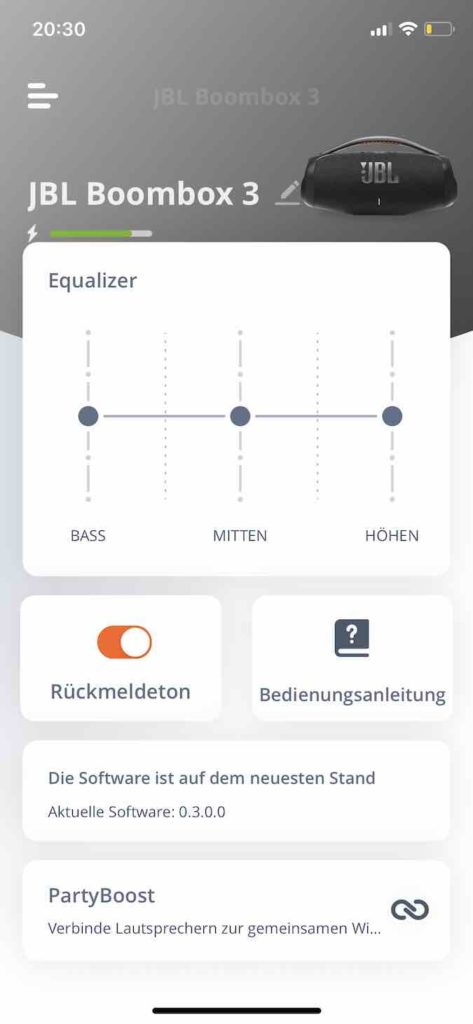
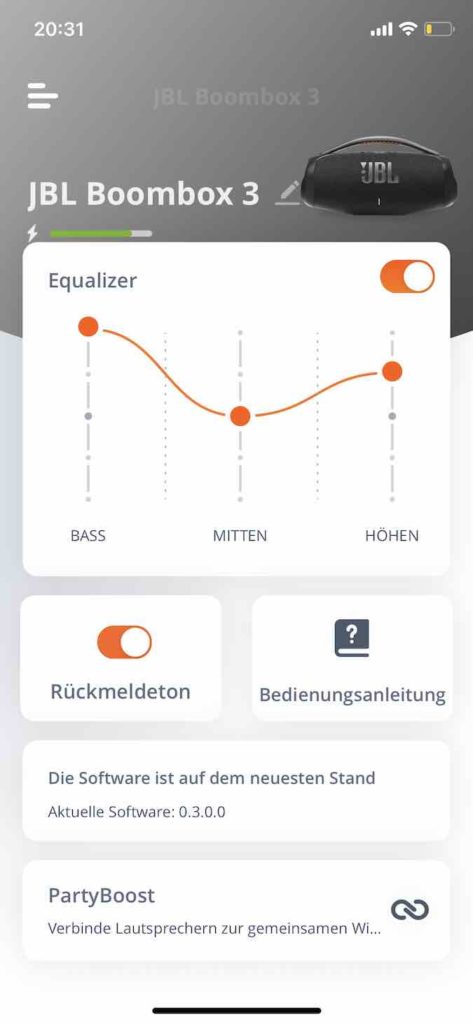
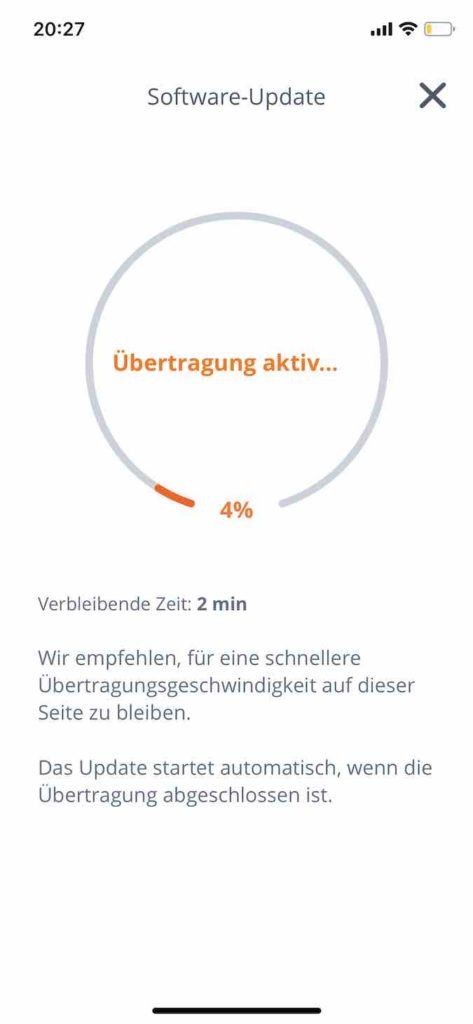
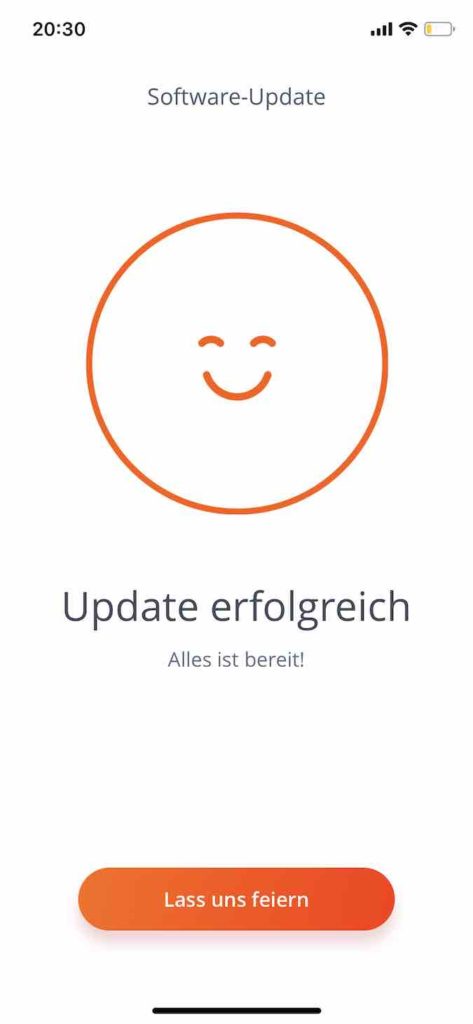
Hearing test with party mood
The Boombox had to defend a reputation in the listening test that it has built up over two generations of hard party use. And then the third generation still has to assert itself against stronger competition. Not only Sony unabashedly poaches in the heavy Bluetooth speaker’s territory with the SRS-XG500. Also just the recently introduced and at STEREO GUIDE tested Tribit Stormbox Blast aims at the ancestral territory of JBL’s great “Ghetto Blaster”. The latter is still in the editorial office, which is why we were able to use it for a direct comparison with the big model. But first, the sound description of the JBL Boombox 3.
JBL managed to achieve a balanced tuning that is well suited for all areas of modern music and also compatible with more demanding genres such as jazz. The important voice reproduction sounded very natural and clear. The often observed pressing at high volumes was alien to the round Bluetooth speaker. The annoying feature that many outdoor speakers noticeably cut back the bass at higher levels to avoid distortion or even damage to the drivers was also not an issue for the Boombox 3.
On the contrary: Its subwoofer seemed to really get going when the volume control was turned halfway up and pushed more and more vehemently up to a certain point as the level increased. The punch was very rich, just the way you like it with dance music beats. At the upper end of the transmission range, the JBL Boombox 3 produced fresh, but by no means sharp highs. Cymbals and other high-frequency impulses not only flashed magnificently. They also had a pleasant effortlessness about them.
Freedom with the equalizer
The interaction of high-quality drivers with powerful power amplifiers in a large cabinet provided ample power reserves. These also benefit the equalizer. With the Boombox 3 you can turn up the bass control of the 3-band EQ all the way even at high levels and get a lot more thump in the bass without overloading the Bluetooth speaker. Likewise, you can add a notch in the treble according to taste without remorse. The Boombox 3 can also be boosted a bit by connecting it to the power outlet with its integrated power supply and thus activating the full power of 180 watts. But even with battery power, it has no need to shy away from comparison in terms of dynamic range.
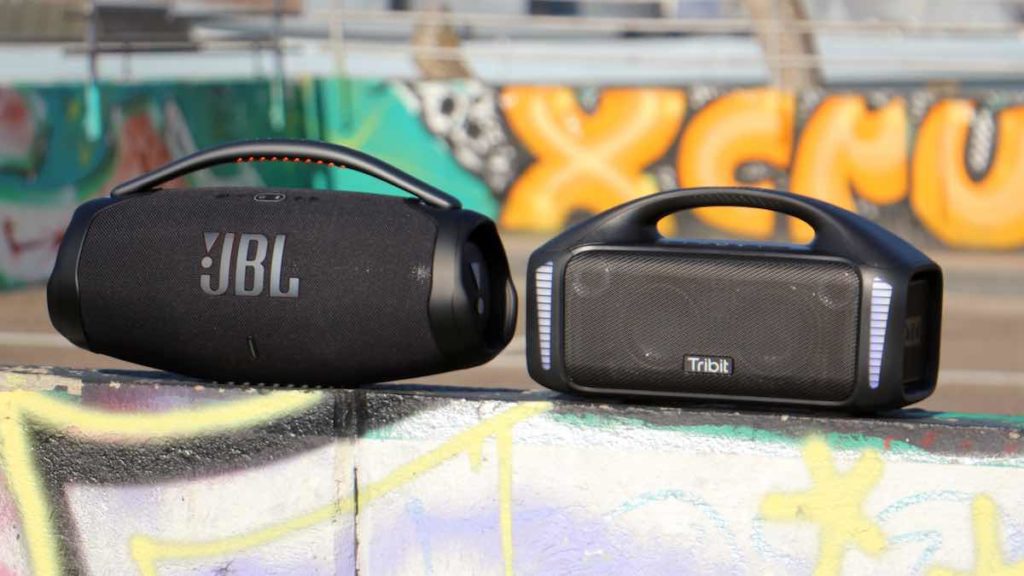
Comparison test JBL Boombox 3 vs Tribit Stormbox Blast
As far as the comparison with Tribit’s challenger named Stormbox Blast was concerned, the first thing that amazed us was the Stormbox Blast’s tight performance for a significantly lower price – at least at moderate volume. Vocals sounded as pleasingly natural over both, and both also offered an exceedingly rich bass. But at medium levels, the JBL Boombox 3 seemed to ignite a kind of booster and set itself further and further apart as the volume increased. Quite obviously, JBL is not simply getting paid for the name here. There’s also a lot of oomph behind it.
While the bass of the Stormbox Blast noticeably lost precision at higher levels and acted growly, the top dog from JBL produced more and more kick and punch. The Boombox also seemed much more transparent and detailed in the upper level range, while the trebles still remained very open, when the reproduction of the Stormbox Blast already seemed quite pressed. In addition, it was noticeable in a direct comparison that the JBL speaker had a wider and larger imaging.
Test conclusion, alternatives and competitors
The JBL Boombox 3 proved to be very good all around in the test, but it is also not really the cheapest choice in its size class. If you don’t care much about party suitability with extreme level reserves and are simply looking for a cheap Bluetooth speaker with rich, bass-strong sound and good features, you can save quite a bit of money with the Tribit Stormbox Blast. And that would miss little when only moderate playback volume is required anyway.
As far as parties are concerned and when punch and level count, the JBL Boombox 3 is in a class of its own and can also leave the Sony SRS-XG500 behind. If you want to top the Boombox 3 in the direction of power play, you have to move into higher weight and size classes: For example, the professionally designed Mackie Thump Go “8 or the Teufel Rockster Air could be considered.
Specifications JBL Boombox 3
- Manufacturer’s suggested retail price: 490 euros
- Dimensions (W x H x D): 48.2 x 25.7 x 20 cm
- Weight: 6.7 g
- Battery life up to 24 hours
- Features: water/dustproof according to protection class IP67, JBL Party Boost, powerbank function, equalizer, integrated power supply unit
- More at: jbl.com
For links on this page STEREO GUIDE may receive a commission from the dealer – for example for the links marked with *.
Der Beitrag JBL Boombox 3 review erschien zuerst auf stereoguide.com.
stereoguide-referencehometheater-techradar